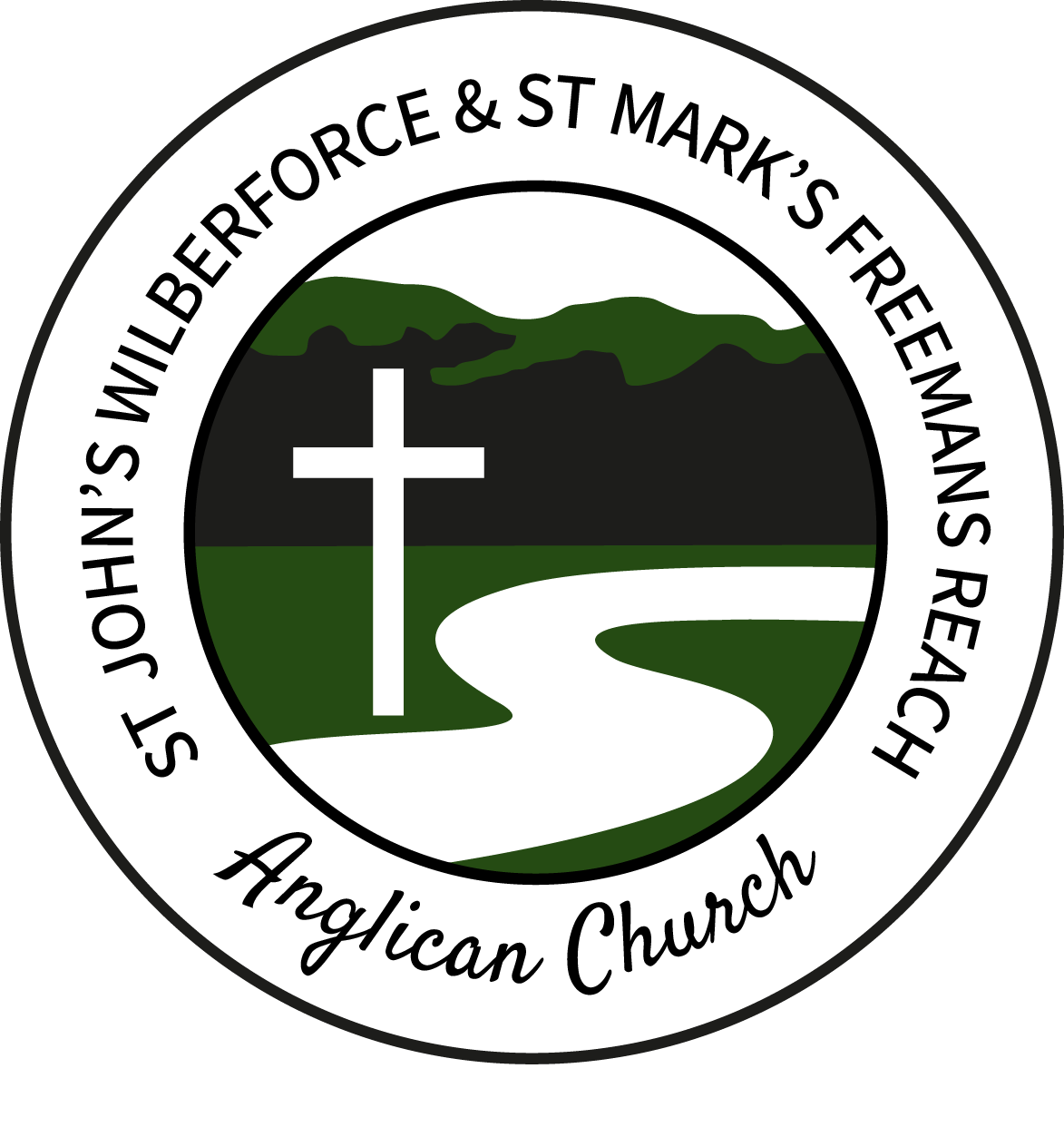The Macquarie Schoolhouse, in conjunction with the St John’s (Blacket) Church, Anglican graveyard and town square is the realisation of the plan that Governor Lachlan Macquarie set out for the four towns of Castlereagh, Pitt Town, Richmond and Wilberforce in the early 1800’s.
He aimed to have a point of gathering that was high up from flood waters that could bring a community together for education and religious teaching.
In 1813, funds had been allocated to have a temporary building constructed for the purpose of a Chapel and Schoolhouse.[1]
This had been constructed by April 1814, as Governor Macquarie wrote in a dispatch to Lord Bathurst, “School-Houses which serve as Chapels, have already been Erected in the Townships of Liverpool, Windsor, Richmond and Wilberforce, Where Divine Service is regularly performed on Sundays, and the Instruction of the Children has been for some time Attended to during the Week days.”[2]
This building became untenable rather quickly, as a new building began construction in 1819, that would serve the same purpose. The contractor responsible for the building was Captain John Brabyn.[3]
A simple two-storied building with skillion, it is of adobe construction that is of clay bricks dried in the sun, with stone quoins at the front corners and originally a shingle roof. To protect the bricks, which were if a soft nature, the building would be white-washed with lime, to which fat was added. The last ingredient rendered the bricks impervious to water. This treatment may eventually have been neglected, causing the bricks to fret, because in 1911 the outside of the main building was cement-rendered, and later the skillion was treated in the same manner.[4]
It was built with three purposes in mind. It had to serve the community as a school during the week, a place for church services on Sunday and home for the schoolmaster and his family. The original plans of a large upstairs school room and two downstairs rooms as living quarters must have been deemed too small for the schoolmaster, as additional funds were requested, presumably to attach the skillion.[5]
The St John’s (Blacket) Church was completed in 1859 to accommodate the growing population and congregation, and in 1880, the local public school was established and the Macquarie Schoolhouse ceased to be used for any of its original purposes.[6][7]
The Schoolhouse has continued to be used by the Anglican Church, and is used for weekly parish activities, including Sunday School.
In 1985, a fire destroyed some of the interior of the schoolhouse, including some restored cedar furniture of the period and a portrait of William Wilberforce that hung above the hearth. The structure itself was able to be saved and restored.
It was listed on the State Heritage Register in 2010 due to its historical, social and aesthetic significance and also its rarity, this is the most intact example of Governor Macquarie’s ideal, which makes it an important historical site of Colonial Australia.
A grant has been awarded to undertake a Conservation Management Plan (CMP) to ensure this building, and precinct, will be able to continue to be used and enjoyed for future generations.
[1] “Government and General Orders”, The Sydney Gazette and New South Wales Advertiser, 23 October 1813, p.2
[2] Historical Records of Australia, Series 1, Volume 8, p. 154
[3] “Government and General Orders”, The Sydney Gazette and New South Wales Advertiser, 8 January 1820, p.2
[4] Marjorie Wymark, The Maquarie Schoolhouse and St. John’s Church Wilberforce, 1970, np
[5] “Government and General Orders”, The Sydney Gazette and New South Wales Advertiser, 29 July 1820, p.4
[6] “Windsor”, The Sydney Morning Herald, 16 April 1859, p.5
[7] “Windsor”, The Sydney Morning Herald, 8 July 1880, p.5
